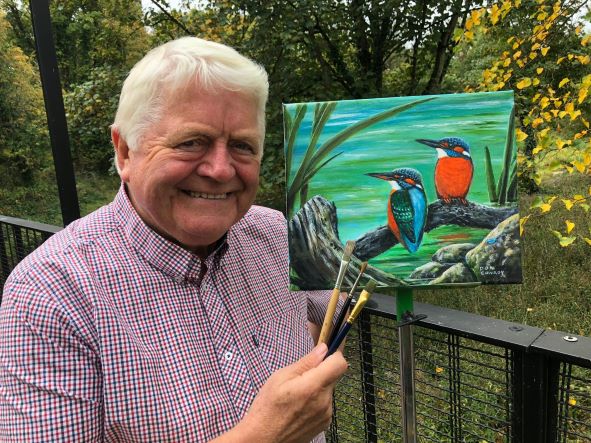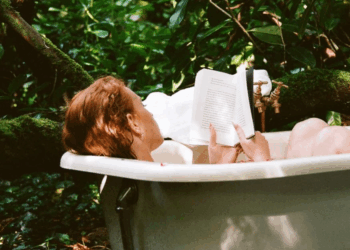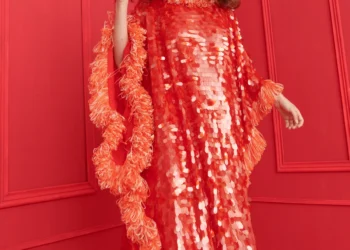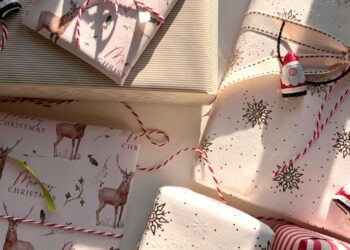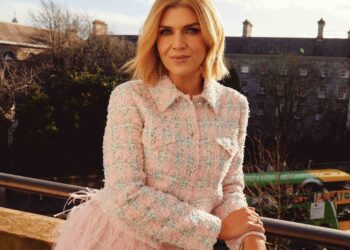The artist, writer, naturalist and presenter’s best advice for budding artists
Suffering from artist’s block? Or maybe you’re interested in trying your hand at painting or sketching for the first time and don’t know where to start? Well, iconic Irish artist Don Conroy is here to offer some sage advice and encourage you to pick up that canvas. Here are Don’s top three tips – plus, a tutorial to get you started – ahead of his weekend painting workshop at The Lodge at Ashford Castle.
Remove expectations
“In today’s world, we can often have high expectations of ourselves and feel the need to perfect everything we put our mind to. Art offers an escape from everyday life and pressures and allows you to explore your creative side without any rules. As they say, ‘beauty is in the eye of the beholder’ so allow yourself to enjoy the process and create something completely unique – wobbles, crooked lines and all.”

Start small
“Taking out the easel and staring at a blank canvas can be intimidating if you’re completely new to art or if it’s been a long time since you picked up a pencil or paints. Instead of going straight to the A3 canvas, why not start small with some simple sketches in a notebook. Enjoy the process of letting your mind wander and doodle whatever you see or comes into your head. This can help you form an idea for a larger piece of artwork and will ease you into the bigger project gently.”
Get inspired
“If you’ve been suffering from a creative block, it can be hard to pick up a pencil or paints and start creating again. But the first step of creating is finding something so awe-inspiring that you feel the need to capture it on a page. Maybe it’s a beautiful sunset that you saw off the West coast or a bird who visited your back garden. Whatever moment made you pause and take a moment – use that to draw out your passion for creativity and try to recreate it in your own way.”
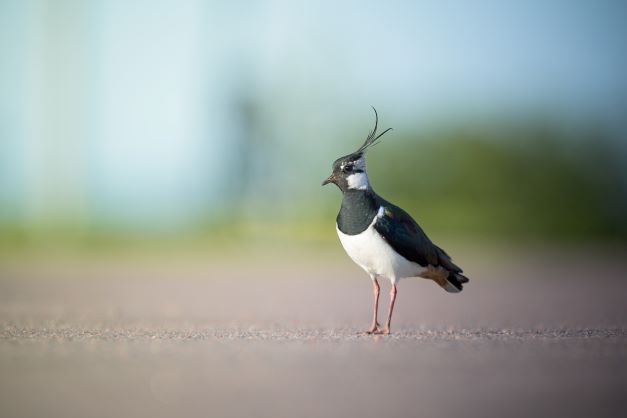
Draw with Don: Lapwing
“One of the most attractive birds seen on farmlands and estuaries is the lapwing or pilibín, in Irish. Here’s how to draw it.”

Step one: Using your HB or 2B pencil, start with the simple egg shapes that represent the Lapwing’s head and body. Add a smaller egg shape to indicate the tail. Add the beak, eye, the neck and legs. Sometimes Lapwings stand on one leg like a flamingo.
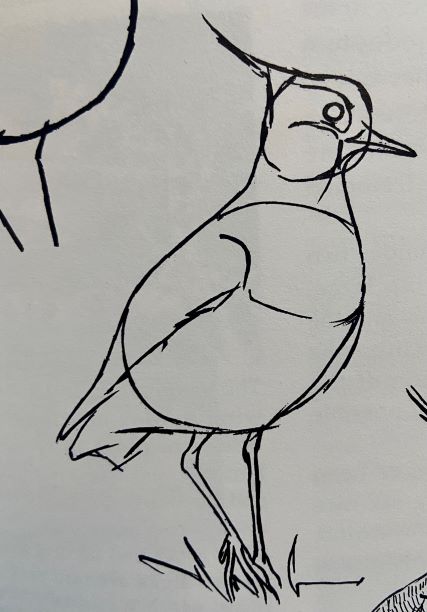
Step two: Continue to connect up the lines as shown and start fleshing out the bird in broad strokes. Remember to leave the finer details until last. When you are happy that you have the shape and the proportion right, rub out any unnecessary lines using a rubber.
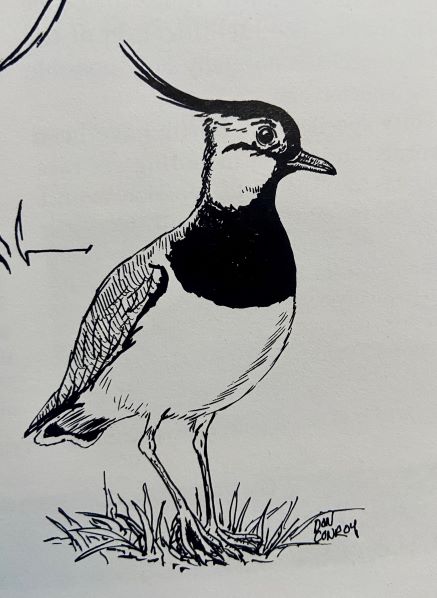
Step three: This finished drawing was completed with brush and ink but you can continue with pencil or black biro. Colour can be added using crayons, colouring pencils or watercolour paints.

